Sarasvatichandra Part II: Gunasundari’s Household
In stock
An epic novel written in four parts from 1887 to 1901, Sarasvatichandra is both the enactment and embodiment of the life philosophy of one man, and his sole mission.
Part II, Gunasundari’s Household, details the complex dynamics of a Hindu joint family. Minister of Ratnanagari, Vidya Chatura and Gunasundari were married as children. Intelligent and eager, a young Gunasundari is educated by her husband to share his pleasures of literature, poetry, philosophy. But this blissful aesthetic conjugality is disrupted when his relatives come to live with them. She must suddenly manage a household of fourteen individuals, each with different needs and idiosyncracies. Govardhanram’s acute, often delightfully wry observations on human nature, the household dynamics, his sharp characterisation and descriptions of a pregnant Gunasundari struggling to keep the family ‘joint’ and content are perceptive and thought-provoking.
The novel holds up a fascinating mirror to Gujarati society, the joint family, particularly the role of women, and life in the princely states against the backdrop of India, pre-Independence, in transition at the turn of the nineteenth century-culturally, politically and ideologically. Before Gandhi, arguably no other work has so profoundly influenced the ethos and imagination of Gujarat as Sarasvatichandra. Parts III and IV, also translated by Tridip Suhrud, an acknowledged scholar of nineteenth- and twentieth-century Gujarat, are forthcoming.
Contents: Preface.1. On the outskirts of Manoharpuri. 2. The outlaws. 3. The injured man. 4. Gunasundari. 5. Gunasundari (continued). 6. A night in Manoharpuri. 7. Forest, dark night and Sarasvatichandra. 8. Kumud sundari leaves suvarnapur. 9. Preparations for the morning. 10. An encounter with the outlaws. 11. Smouldering embers.

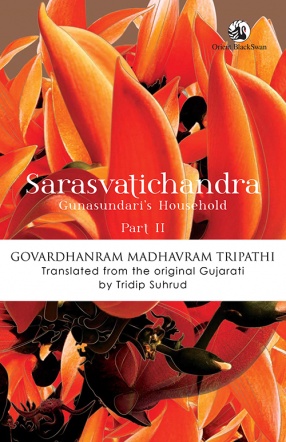
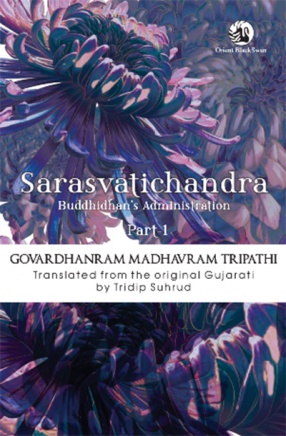
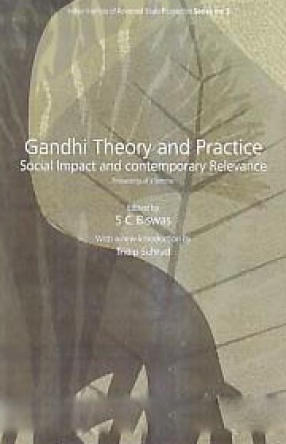
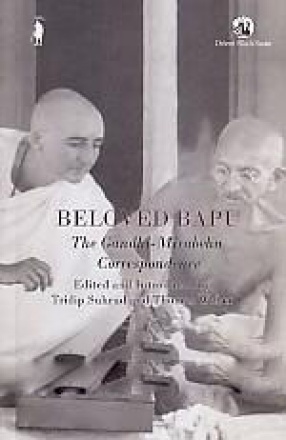

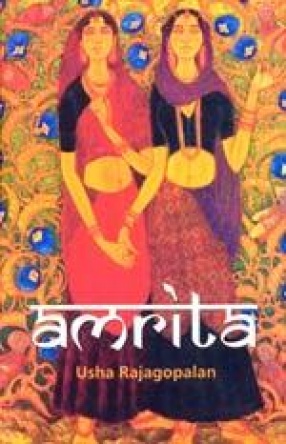

There are no reviews yet.